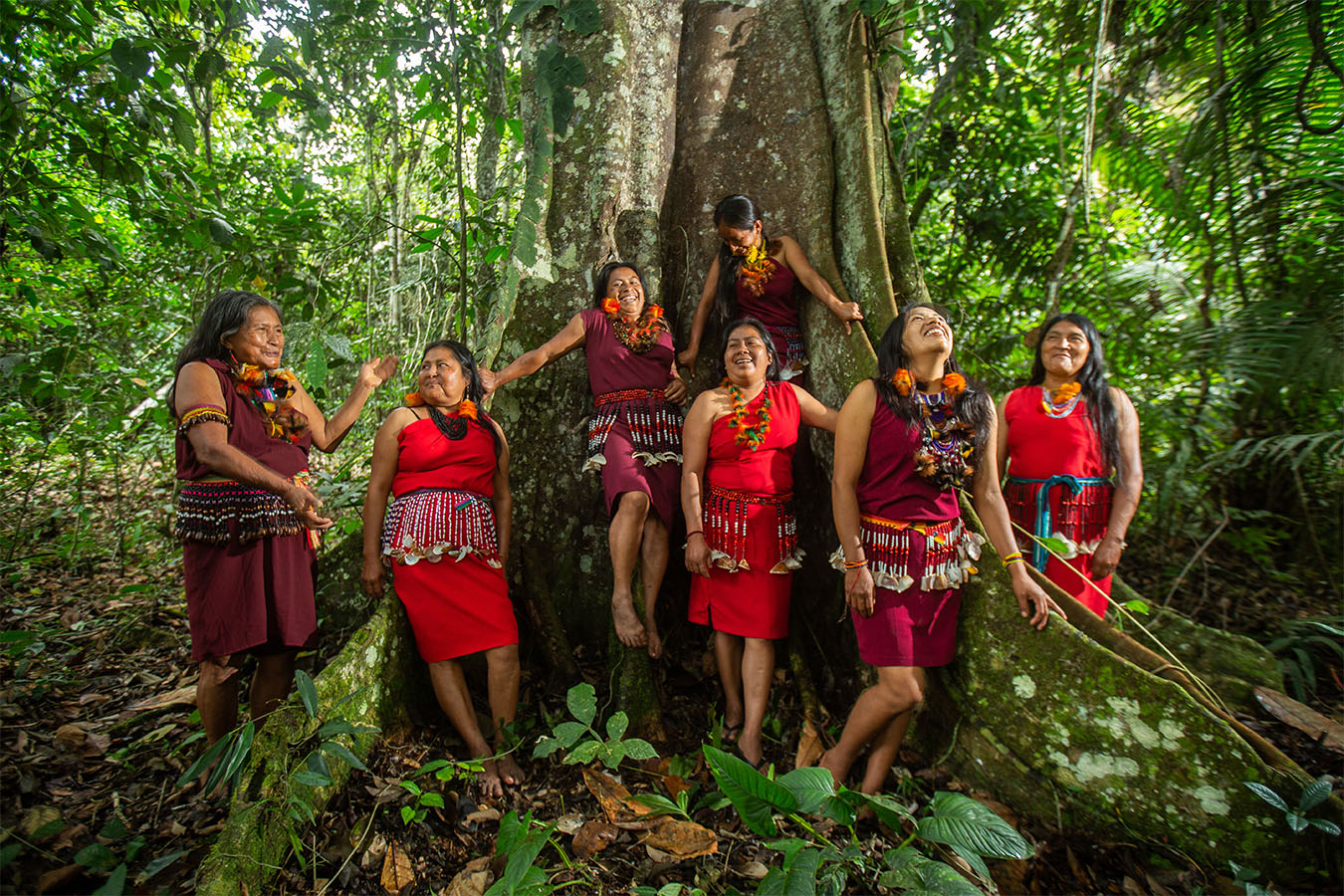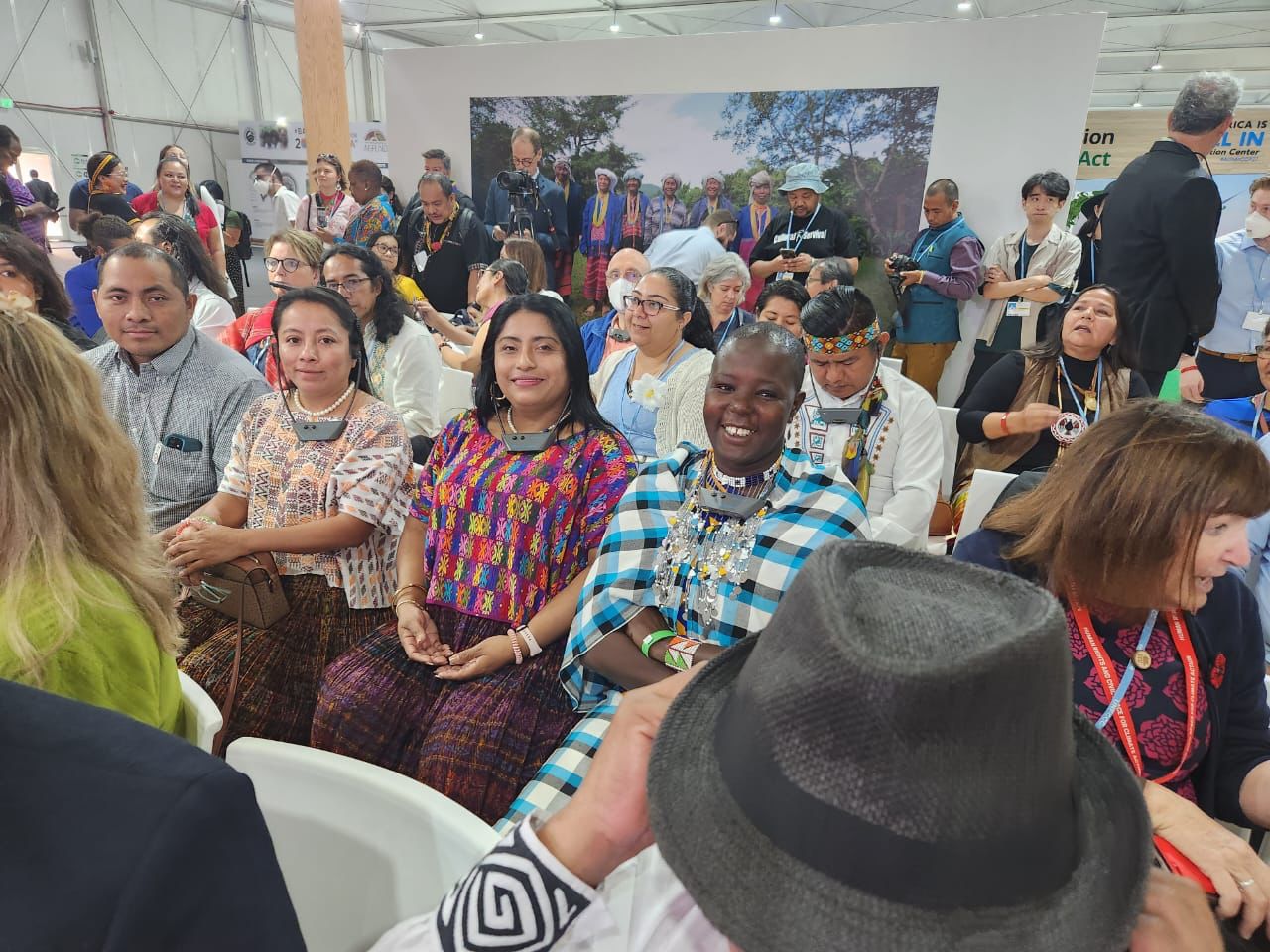Linking science and policy to propel biodiversity action in Kenya
With the adoption of the Kunming-Montreal Global Biodiversity Framework (GBF) at the 15th Conference of Parties to the UN Convention on Biological Diversity (COP 15), countries such as Kenya are stepping up efforts to “build back biodiversity.” Catherine Mungai shares more.
With the adoption of the Kunming-Montreal Global Biodiversity Framework (GBF) at the 15th Conference of Parties to the UN Convention on Biological Diversity (COP 15), countries such as Kenya are stepping up efforts to “build back biodiversity.” Building on BIODEV 2030 cross-sectoral collaborations established in 2020, Kenya’s Ministry of Environment, Climate Change and Forestry has intensified efforts to implement the GBF. The framework seeks to address biodiversity loss, restore ecosystems, protect the rights of Indigenous Peoples and Local Communities (IPLCs) and mobilise US$30 billion for developing countries by the end of the decade.
Why should countries care about biodiversity?
Globally, Kenya is classified among the 10 mega-biodiverse nations, with over 35,000 species of flora and fauna. The country has a unique diversity of ecosystems, ranging from mountains, forests, rangelands, arid lands, croplands, and urban areas to marine and inland waters. However, the productivity and resilience of Kenya’s ecosystems, and the diversity and viability of biodiversity – as in many parts of the world – s under threat. Ecosystem degradation and biodiversity loss has wide ranging impacts including, increased vulnerability to climate change and natural disasters, decrease in productivity, and sharp decline of iconic species such as the elephant, rhino, giraffe and pangolin.
Over the years, a lot of effort and resources have been invested in addressing the impacts of climate change, however, it is increasingly emerging that concerted efforts that integrate biodiversity conservation and restoration should be adopted. IUCN has deployed Nature-based Solutions as an integral piece of the actions required to address climate change, land and ecosystem degradation, and biodiversity loss. Nature- based Solutions can enhance resilience of ecosystems, and as such support communities to adapt to climate hazards.
As conversations on implementing the GBF take shape, the following opportunities are emerging as potential areas for cross sectoral engagement in the country:
- Creating awareness on the links between climate change, biodiversity loss and land degradation, and the role of NbS in interlinking the three
- Updating relevant policies and strategies such as the National Biodiversity Strategic Action Plan as an essential document to guide biodiversity action in Kenya;
- Increased investment and efforts towards enhancing coordination and multi-stakeholder engagement including inter-ministerial collaboration to avoid duplication of efforts and encourage the pooling of resources:
- Exploring financing options for biodiversity action in the county including biodiversity credits, debt for nature swaps etc;
- Ensuring a “whole of society” approach that ensures inclusivity and intergenerational equity including involvement of Indigenous Peoples and Local Communities (IPLCs)
International Biological Diversity Day serves as a reminder of the crucial role that biodiversity plays in sustaining life on Earth. It highlights the urgent need for collective action to conserve and protect our planet's diverse ecosystems and species. By recognising the interconnectedness of biodiversity and climate change, and promoting sustainable practices, we can ensure a healthier and more resilient future for both people and nature. Let us celebrate and prioritise biodiversity every day, working together to safeguard the remarkable richness of life that surrounds us.
Catherine Mungai is the Senior Programme Officer, Climate and Biodiversity Engagement, with IUCN’s Eastern and Southern Africa Regional Office based in Nairobi, Kenya
Disclaimer
Opinions expressed in posts featured on any Crossroads or other blogs and in related comments are those of the authors and do not necessarily reflect the opinions of IUCN or a consensus of its Member organisations.
IUCN moderates comments and reserves the right to remove posts that are deemed inappropriate, commercial in nature or unrelated to blog posts.



